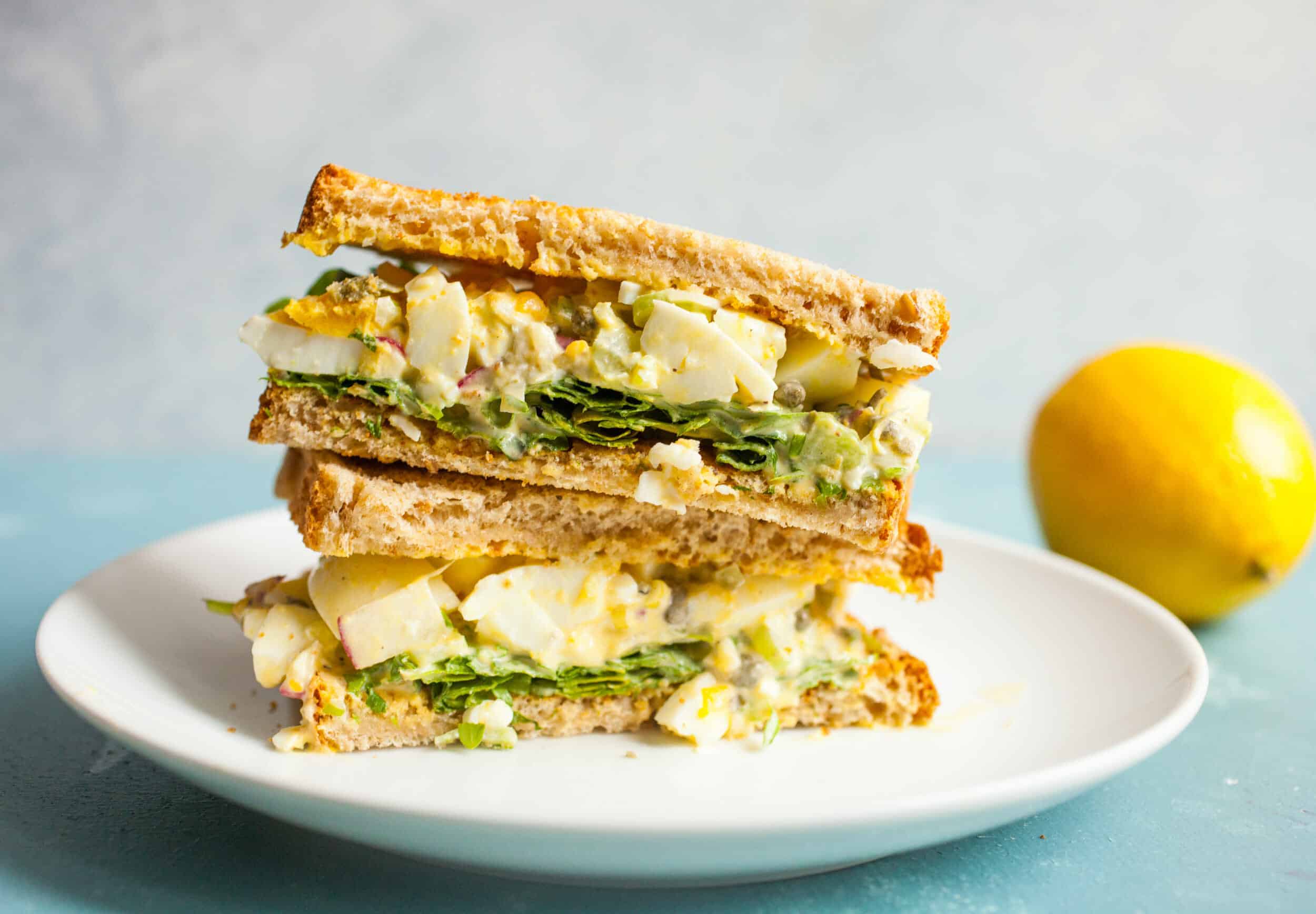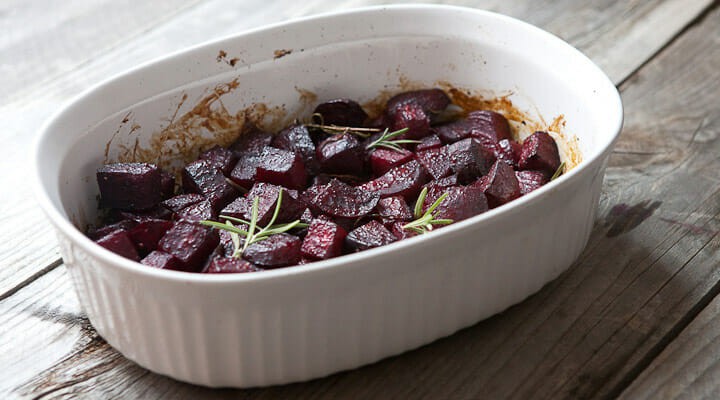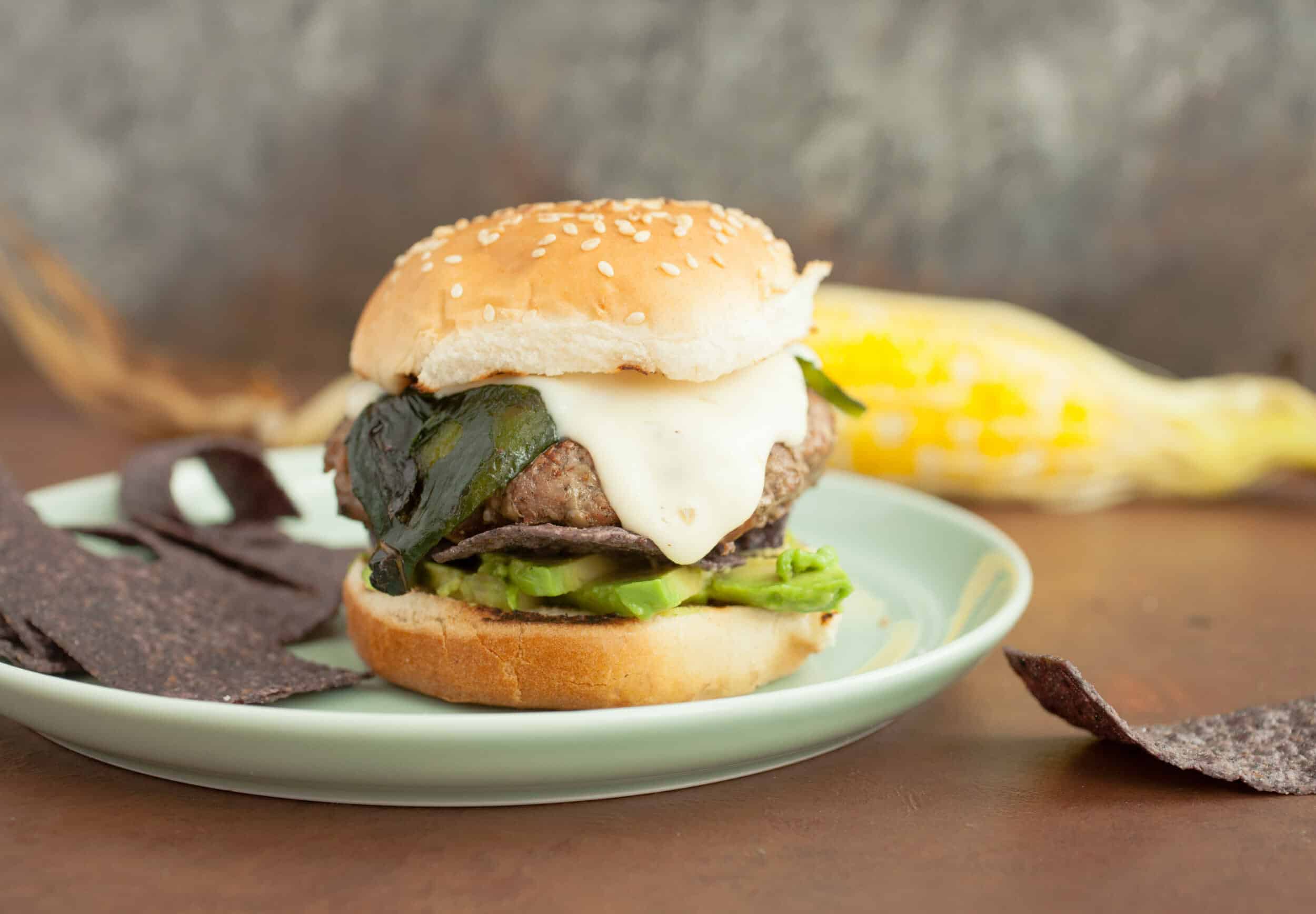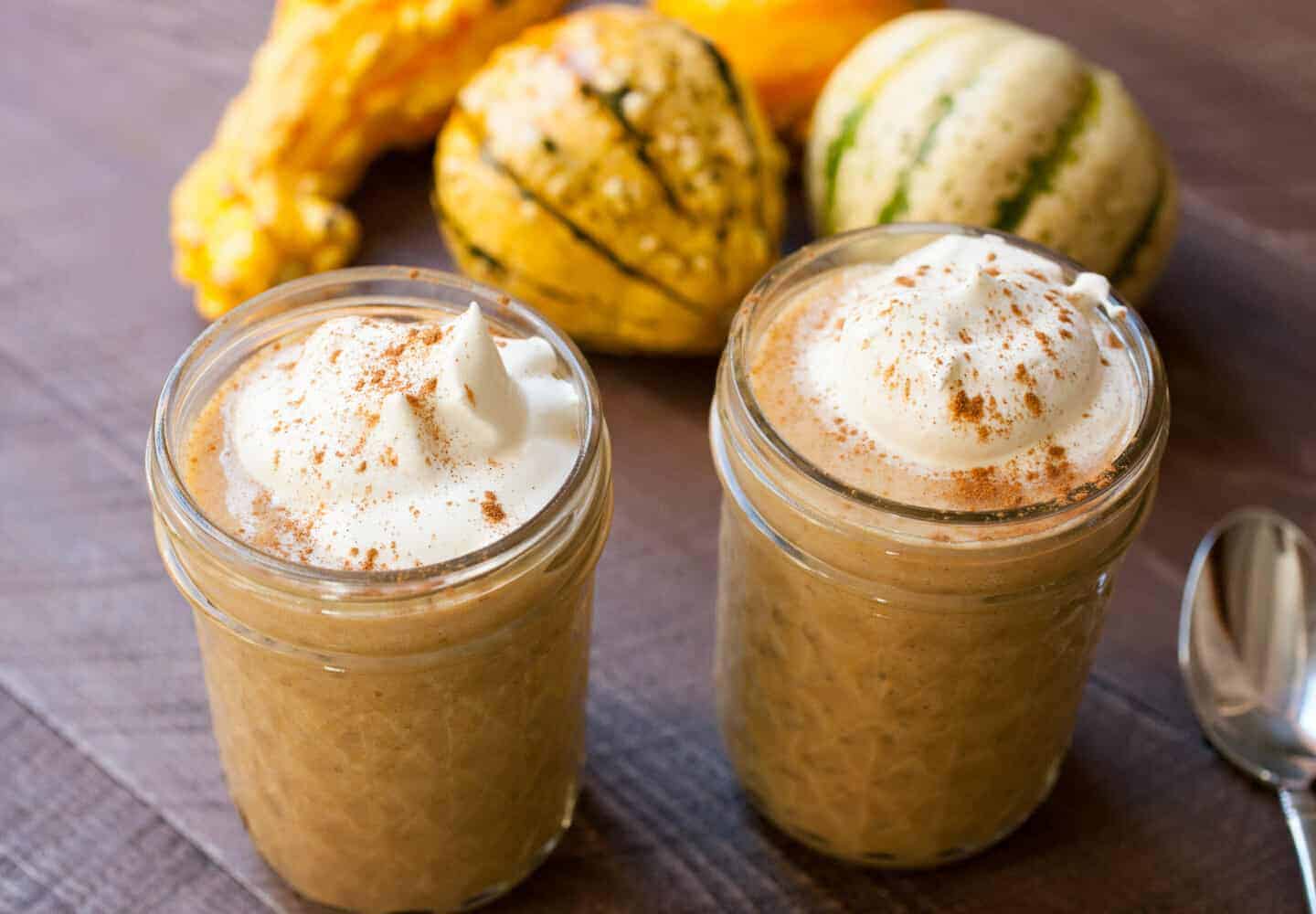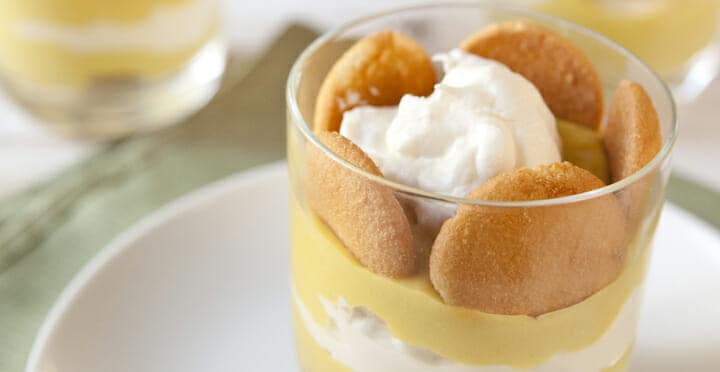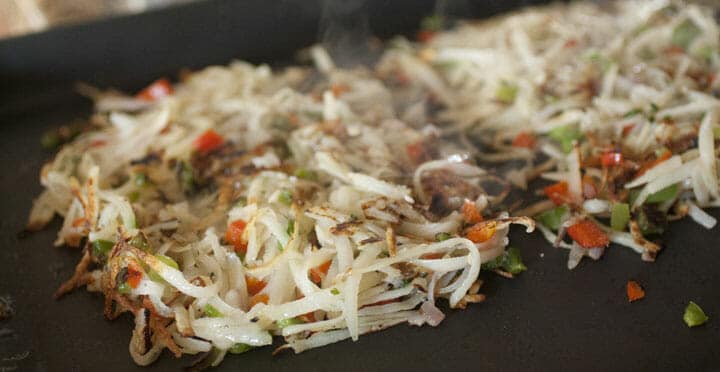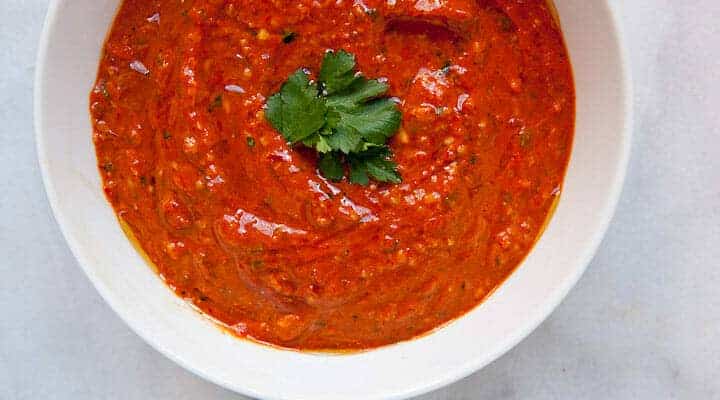Salt: Important Facts, Health Benefits, and Recipes
Salt is an essential mineral used in cooking and food preservation, known for its distinctive flavor and potential health risks if consumed in excess.
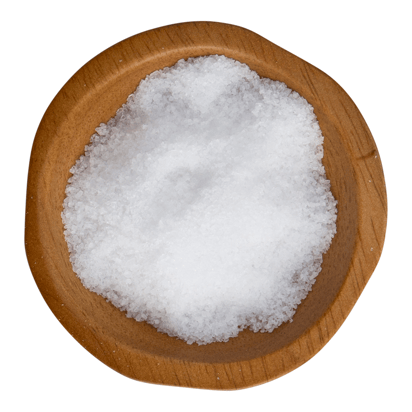
Nutritional Facts
1 tsp
Amount per serving
Calories
0
Carbohydrates
0 g
Fat
0 g
Protein
0 g
Saturated Fat
0 g
Sodium
2325.5 mg
Fiber
0 g
Sugar
0 g
Best Salt Recipes
-
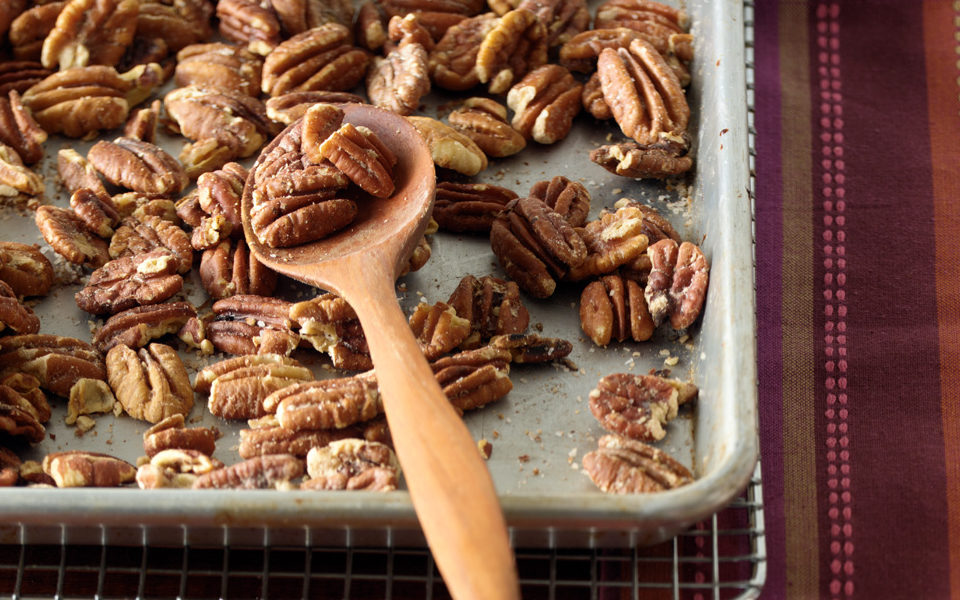
-
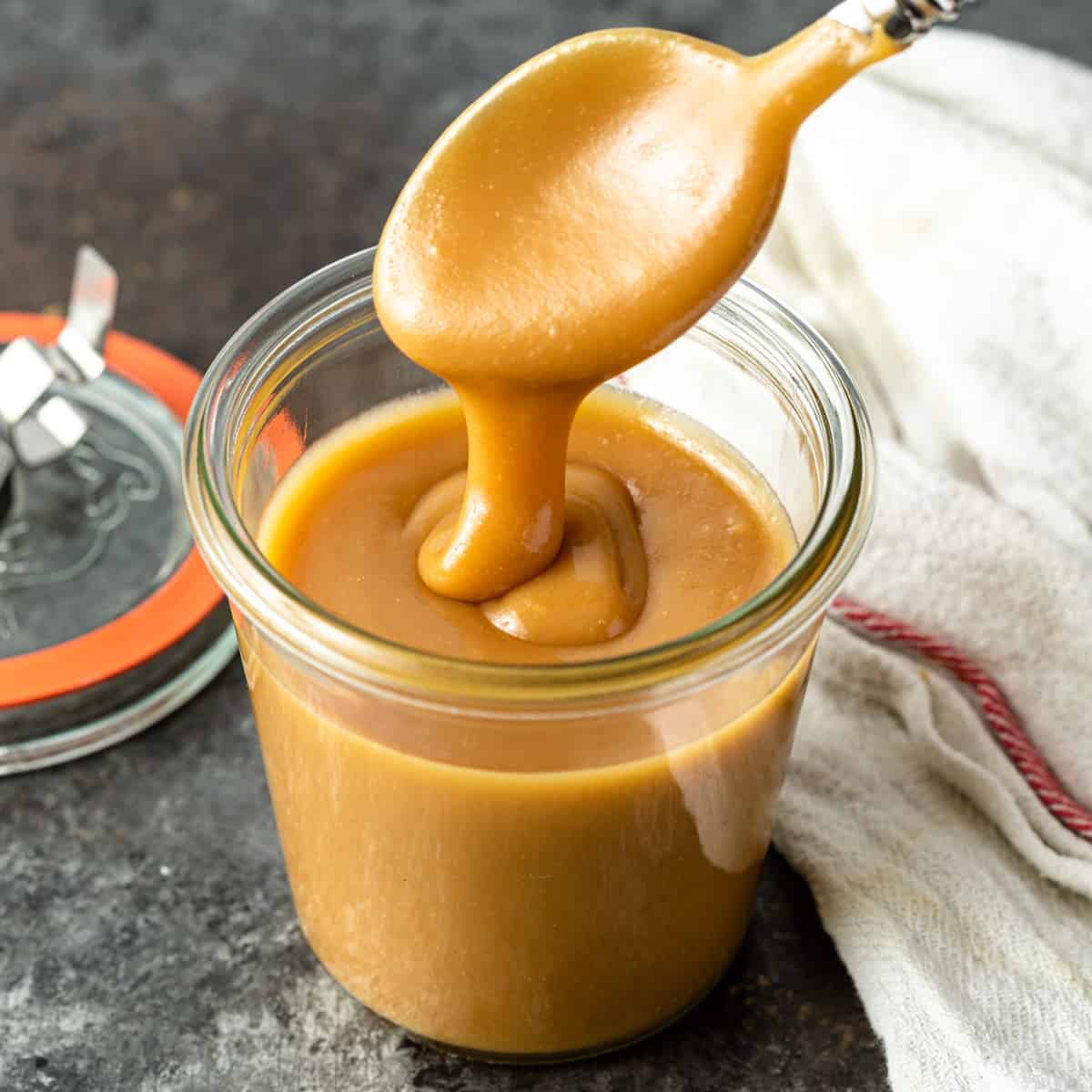
-
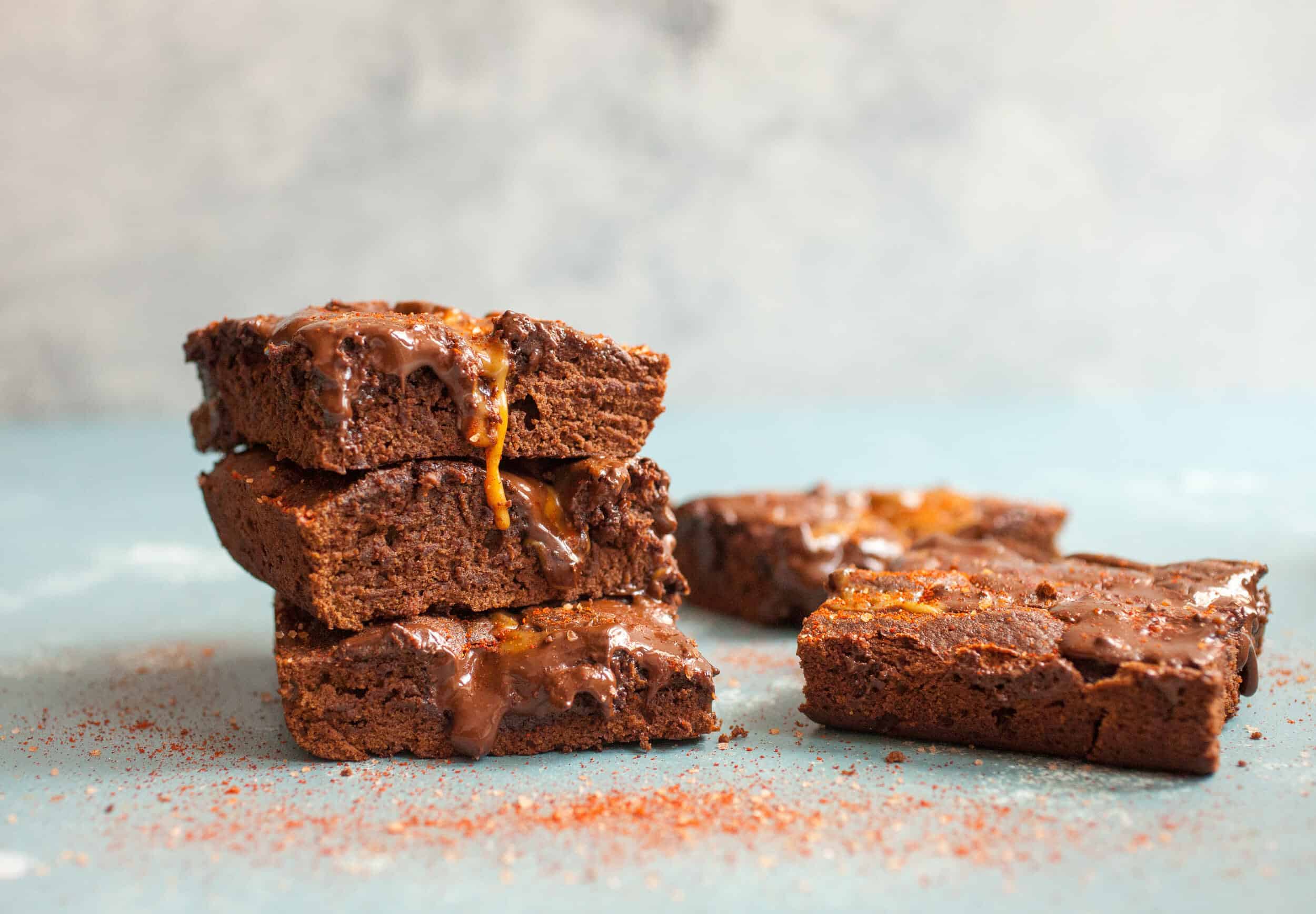
-
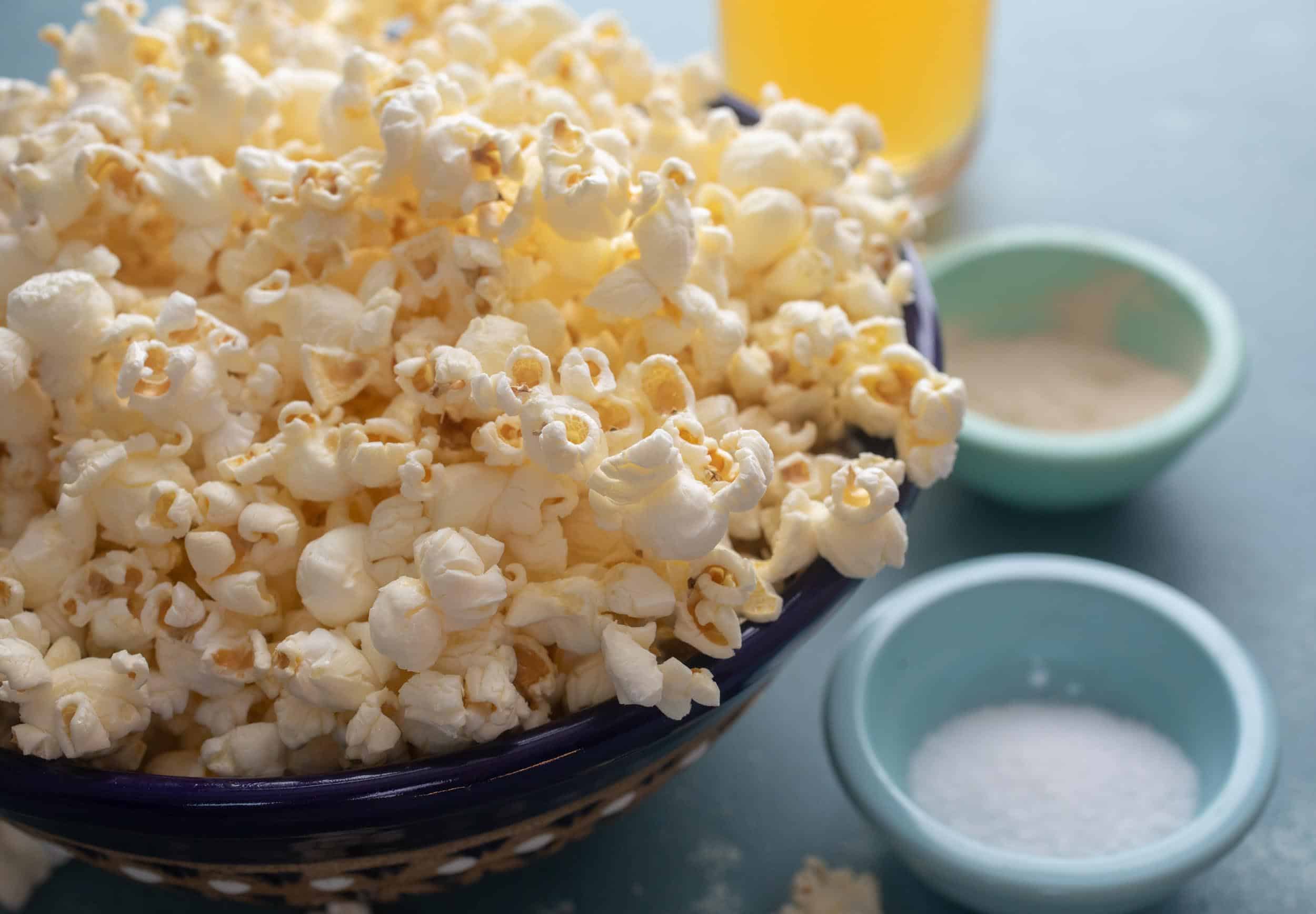
-
/__opt__aboutcom__coeus__resources__content_migration__serious_eats__seriouseats.com__recipes__images__2011__08__20110729-entertaining-taverna-bronzinoinsaltcrust-primary-b4c9172ab10f4ac0a11b922298ffd1c1.jpg)
-
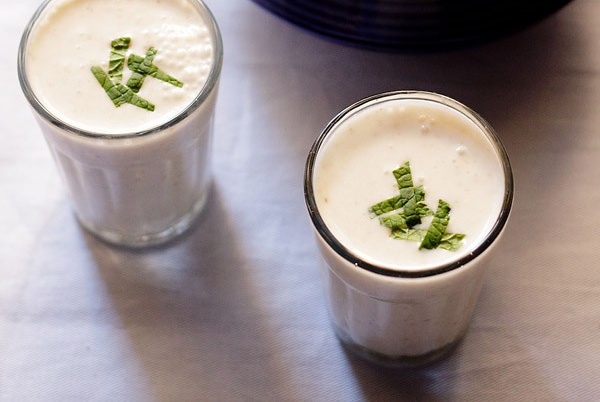
-
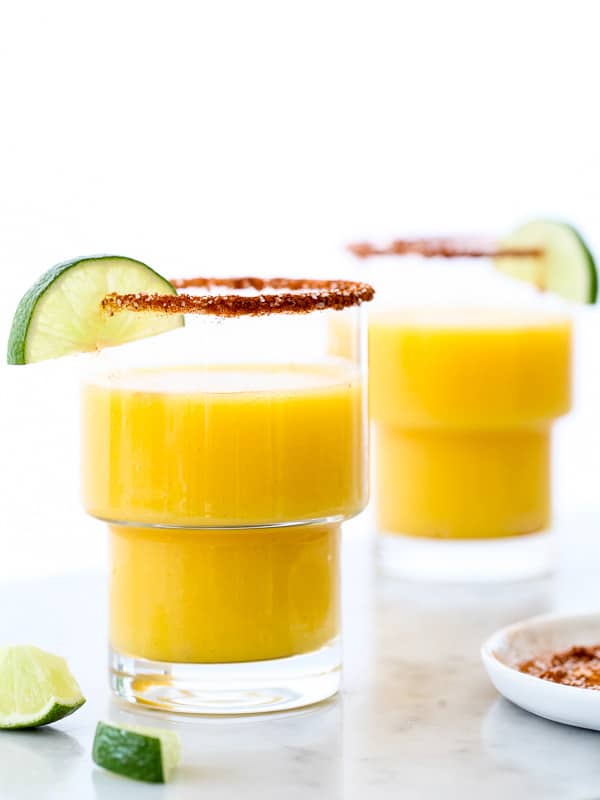
-
:max_bytes(150000):strip_icc()/__opt__aboutcom__coeus__resources__content_migration__simply_recipes__uploads__2008__06__portuguese-salt-cod-stew-bacalhoada-bacalao-horiz-a-1800-d01230944e9147db8190c847f5195a6e.jpg)
-
![Colombian-Style Salt-Crusted New Potatoes Recipe Image]()
-
![salt and pepper tofu Image]()
-
![Classic Beef Pot Roast with Pistachio Salt from 'The New Midwestern Table' Image]()
-
![Arroz con Tocino (Puerto Rican Rice with Salt Pork) Recipe Image]()
-
![Salt-and-Vinegar Spanish Tortilla With Quick Cheaty Allioli Recipe Image]()
-
![Eggplant Orzo Bake Image]()
-
![Quick Tomato Fry Up Image]()
-
![Mushroom Meatloaf Image]()
-
![Liver and Onions Image]()
-
![Lemon Caper Egg Salad Image]()
-
![California Turkey Burgers Image]()
-
![Breakfast Cups Image]()
-
![Honey Mustard Potato Salad Image]()
-
![Summer Italian Pasta Image]()
-
![Basic No Knead Bread Image]()
-
![Peanut Butter Omelet with Candied Bacon Image]()
-
![Rosemary Roasted Beets Image]()
-
![Santa Fe Burgers Image]()
-
![Pumpkin Tapioca Pudding Image]()
-
![Creamed Spinach Breakfast Bowls Image]()
-
![Cheeseburger Steam Buns Image]()
-
![Homemade Banana Pudding Cups Image]()
-
![Chancey's Crusties Image]()
-
![Breakfast Pinwheels Image]()
-
![Chicken Fried Steak Image]()
-
![Easy Black Bean Tortilla Soup Image]()
-
![Date Cinnamon Rolls Image]()
-
![Easter Swiss Roll Image]()
-
![Chicken Mexican Skillet Image]()
-
![The Polenta Pizza Image]()
-
![Southwestern Hash Browns Image]()
-
![Homemade Instant Oatmeal Image]()
-
![White Bean Pasta Salad Image]()
-
![Spicy Romesco Sauce Image]()
-
![Breakfast Mushroom Torta Image]()
-
![Kid Friendly Chicken Ramen Soup Image]()
-
![Smoked Salmon Quiche Image]()
-
![Pesto and Brie Grilled Cheese Image]()
-
![Peaches and Cream Baked Oatmeal Image]()
-
![Baked Egg Casserole Image]()


:max_bytes(150000):strip_icc()/__opt__aboutcom__coeus__resources__content_migration__serious_eats__seriouseats.com__recipes__images__2014__11__20141116-salt-roasted-potatoes-recipe-19-82e6ca2ac49f40868b25a08876848e7c.jpg)
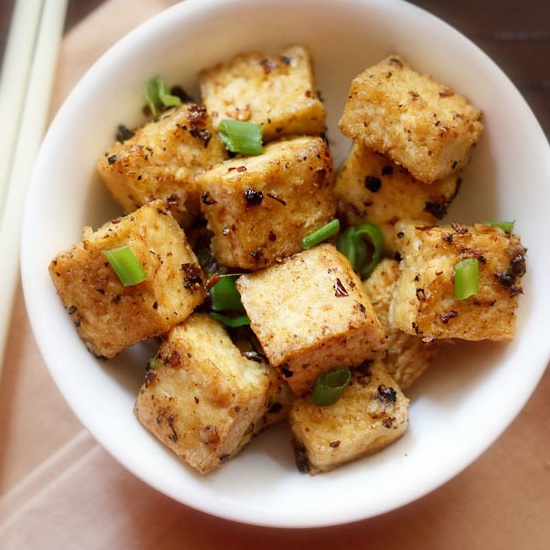
:max_bytes(150000):strip_icc()/__opt__aboutcom__coeus__resources__content_migration__serious_eats__seriouseats.com__recipes__images__2013__12__20131219-277112-cook-the-book-classic-pot-roast-pistachio-salt-7dd3123c00ec4948b5e650e4e876be46.jpg)
:max_bytes(150000):strip_icc()/__opt__aboutcom__coeus__resources__content_migration__simply_recipes__uploads__2018__06__Arroz-Con-Tocino-LEAD-HORIZONTAL-752cdd3557364dd0bedf4a208d4aa9ac.jpg)
:max_bytes(150000):strip_icc()/__opt__aboutcom__coeus__resources__content_migration__serious_eats__seriouseats.com__recipes__images__2017__01__20170120-salt-and-vinegar-spanish-tortilla-primary-930b2fbb010f434199ae418d44f3b443.jpg)




